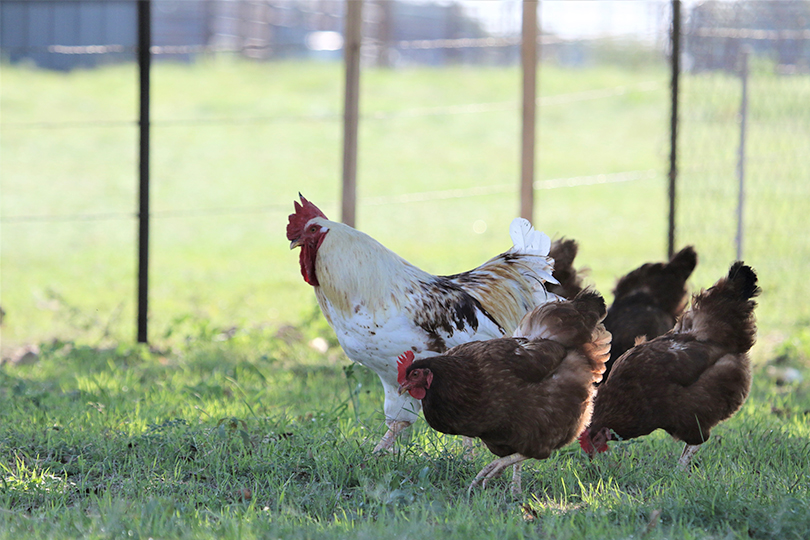The number of highly pathogenic avian influenza (HPAI) cases in the United States are outpacing the 2014/2015 outbreak, but the higher numbers might be attributed to improvements in detection and reporting protocols.
The American Farm Bureau Federation’s latest Market Intel examines the impact of HPAI region by region.
Farm Bureau economists found, as of April 7, there have been more than 600 detections of HPAI in wild birds across 31 states, and 158 detections in commercial and backyard flocks across 25 states.
HPAI was detected in Texas in a commercial pheasant flock (poultry) in Erath County in early April.
The 2014/2015 outbreak prompted revisions to the National HPAI Surveillance Plan, which has led to heightened annual surveillance plans, providing poultry producers earlier notice to increase their biosecurity measures.
“The HPAI outbreak is an urgent reminder to all poultry farmers to ensure their biosecurity measures are in place,” AFBF President Zippy Duvall said. “Every effort must be made to protect the health of the animals in our care in order to keep America’s food supply strong.”
AFBF economists analyzed HPAI detections in commercial flocks and found the Mississippi flyway is the most impacted, with 49% of detections, followed by the Central flyway at 36% and the Atlantic with 15% of cases. The Pacific flyway has not had a reported case.
While avian influenza has affected the laying hen population, inventory of eggs is actually 38% higher in 2022 than during the same time in 2015.

